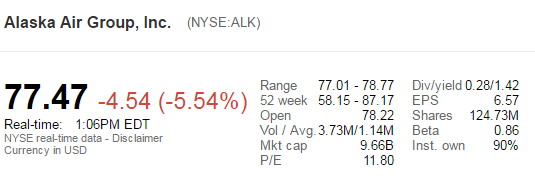Anatomy of a credit card rewards program —
This is… far less incentive compatible for you, particularly if you decided that the business of manufacturing books-dollars was so lucrative that you could rebate more than the direct interchange revenue given mix effects. These users will have blended costs very close to your headline number, not to your modeled blended costs.
These users will even band into tribes, find each other on the Internet, and swap tips for exploiting poor, defenseless credit card program managers like yourself. The tribal elders will eventually run businesses, with names like The Points Guy, which eventually get quietly acquired by very sophisticated private equity firms. Those PE firms are betting that you continue paying generous per-signup affiliate commissions to Internet properties which send you new card users. You bet you will also paying tens of millions of dollars annually to Frequently Adversely Selected New Accounts Dot Com. And Redditors bet they will continue chortling that they have pulled one over on you, because haha, you’re not nearly as good as they are at fourth grade math or keeping spreadsheets.
There are some real great insights in this piece by an advisor to Stripe, a huge financial infrastructure provider and credit card processor. One that stood out to me was Chase going to Visa to create a new product to compete with American Express. We also talk about it a bit in the Patreon supporter part of the Dots, Lines, and Destinations podcast Episode 478.
One thing that is public but not well appreciated: Chase didn’t just decide to create an extremely lucrative-for-the-customer offering out of the goodness of their hearts and out of their own P&L. No, they pitched Visa on this idea. For too long, Visa, you have watched your competitor American Express outcompete every issuer in the Visa system for the best wallets in the world. They can do that because they can afford to, because American Express charges systematically higher interchange rates than Visa does even at its topmost tier. Visa, you should create a new tier where your not-exactly-chosen champions can try to spend those interchange dollars to give American Express a run for their money.
It’s definitely a long piece but well worth reading.

